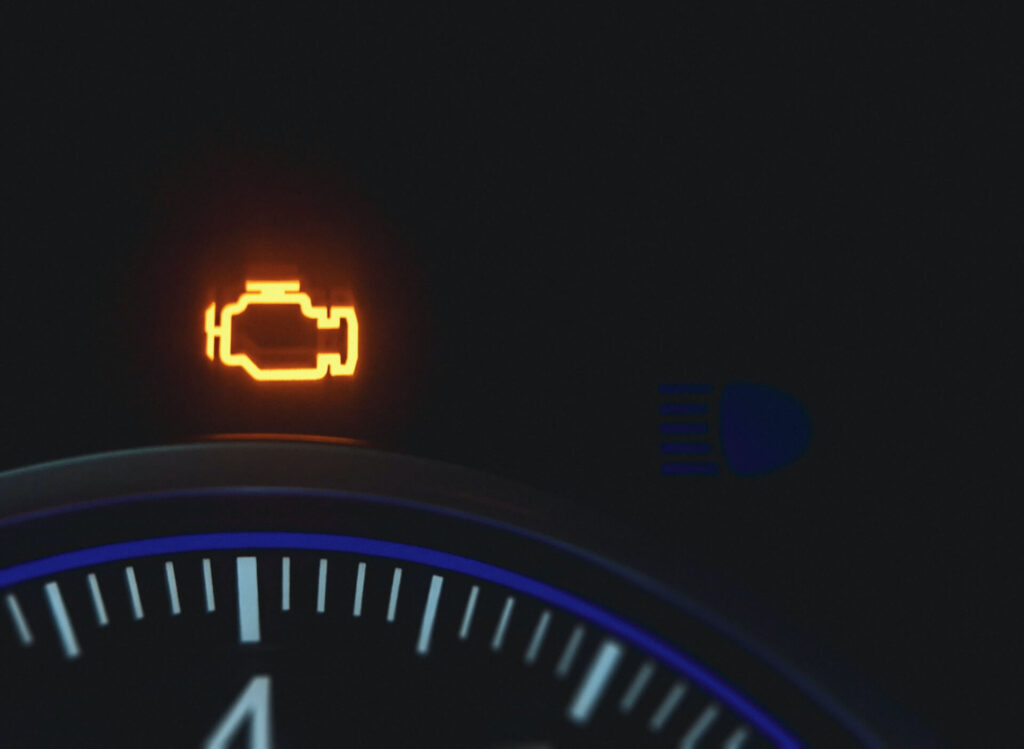How Serious Is It When The “Check Engine” Light Comes On?
Understanding the Role of the “Check Engine” Light
The check engine light is an integral part of your vehicle’s onboard diagnostics system. It serves as an early warning mechanism to alert drivers of potential issues within the engine or emission system. When this light illuminates, it indicates that the car’s computer has detected a problem that requires attention. These alerts can range from minor issues like a loose gas cap to more severe concerns like engine misfires. Understanding its role is crucial for determining the appropriate response and maintaining vehicle health.

Common Triggers for the “Check Engine” Light
Several factors can trigger the check engine light, each varying in severity. Some common causes include a faulty oxygen sensor, a failing catalytic converter, or issues with the mass airflow sensor. Even something as simple as a loose or faulty gas cap can cause the light to turn on. Given the broad spectrum of possible issues, it’s crucial not to ignore this warning. While some problems may be minor, others could escalate quickly, leading to more significant engine damage if left unaddressed.
Evaluating the Severity of the Situation
When the light appears, assessing the seriousness of the situation is essential. A steady light might suggest a less urgent issue, allowing for careful diagnosis at a convenient time. However, if the light is flashing, it typically indicates a more severe problem that requires immediate attention. A flashing check engine often correlates with engine misfires, which can result in heightened emissions or dangerous overheating. Prompt action in such cases can prevent detrimental damage and ensure your safety on the road.
Immediate Steps to Take When It Activates
Upon seeing the check engine light illuminate, several immediate actions can help determine the next steps. First, ensure that the gas cap is tightly secured; a loose gas cap is a common and easily resolved culprit. If that’s not the cause, using an OBD-II code reader can provide insight into the specific issue by delivering diagnostic trouble codes. This information helps in deciding whether a simple fix will suffice or if professional evaluation is necessary. Ignoring the light could lead to increased repair costs and dangerous driving conditions, so timely action is advisable.
The Importance of Professional Diagnosis and Repair
While certain issues triggering the check engine indicator might be manageable on your own, many require the expertise of a qualified mechanic. They have the tools and knowledge to accurately diagnose and resolve complex problems. A professional evaluation ensures that underlying issues are fully addressed, reducing the risk of further complications. Regular maintenance also plays a crucial role in preventing such lights from appearing in the first place.

